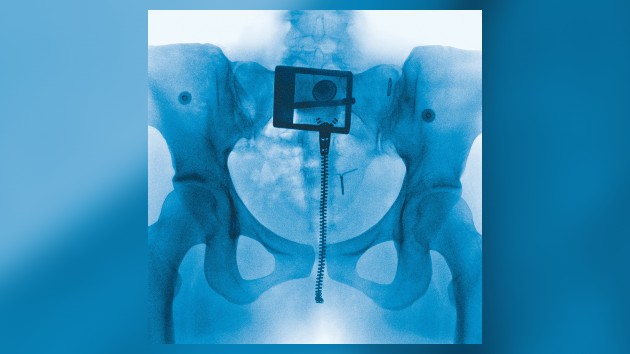When President-elect Donald Trump campaigned for his second term, he promised many things, including “dismantling” the Department of Education. The Department of Education has four key functions: establishing policies on student loans and distributing student loan money, collecting data on American educational resources and conducting research, focusing national attention on important educational matters and working against discrimination and unequal access to education.
This is not the first time he has mentioned this; removing the Department of Education was also part of his promises for his first term from 2016 to 2020, according to the Brookings Institute.
“One other thing I’ll be doing very early in the administration is closing up the Department of Education in Washington D.C. and sending all education and education work and needs back to the states,” Trump said in October 2023. “We want them to run the education of our children because they’ll do a much better job of it.”
There are multiple reasons why Republicans want to drop the Department of Education, one of them being school choice. Currently, the Department of Education forces parents in a certain district’s jurisdiction to attend certain schools in that district, and does not allow them to choose schools outside of the district. However, public school choice would allow families to choose schools that fit their child’s needs, rather than being assigned to a public school based on their residence. In addition, private school choice uses public funds to support private schools, such as through vouchers.
These ideas are popular: A poll released this week found that 69% of American voters — 62% of Democrats and 77% of Republicans — support allowing parents to send their students to a school of their choice, including private schools, according to The Center Square. Removing the Department would put more power into the hands of local governments, giving them more autonomy to design their own educational systems. This allows for more local control and less spending on what Trump deems “useless bureaucrats in Washington.” This, along with a plethora of other reasons like anti-wokeness and ineffectiveness, are big incentives for the Department’s demolition.
Many college students across the country owe their education to the Department of Education’s student aid program, which distributes over $120 billion in grants, study funds and loans to about 13 million students per year. FHS World History and AP Econ teacher Geoff Beckstrom expressed his concern regarding misuse of public funds, and how in the absence of the Department of Education, resource allocation will be unregulated.
“For example, to use public money to purchase a school wide set of Bibles that has the Constitution in it — that shouldn’t be allowed, right?” Beckstrom said. “[…] But with no Department of Education, there’s no one to [stop] that.”
This concern is not unrealistic, as a new law in Louisiana, passed earlier in 2024, required the Ten Commandments to be displayed in all public classrooms starting 2025. Moreover, Trump has made it clear that he has plans of incorporating religion into classrooms, as well as decreasing the separation between church and state.
The removal of the Department of Education would cause the delegation of many educational services to go to the states instead, and many other programs, such as Title I and federal student aid, would likely land at the Department of Health and Human Services or the Justice Department, according to U.S. News. In reality, it is unlikely that the Department of Education will be discarded directly, as shutting down a federal agency would require immense support from Congress. Despite Republican majorities in both the senate and the House of Representatives, it is likely still not enough to bypass possible filibusters and vote on the bill.
“It wouldn’t really be removing as much as it would be putting someone in charge of it who wants to get people to retire or leave [their] job in the Department of Education and not rehire anybody new,” Beckstrom said. “Through the process of attrition or just straight firing people to have the Department of Education be so understaffed that it’s unable to do its job. That would be kind of the real way in which the Department of Education will go away.”
Closing this department has been an “off-and-on Republican goal since it was created in 1979,” according to the Washington Post. There have been votes in the past to remove the Department, although they have been insignificant.
“[The] money that comes to our district is almost all from local property tax dollars,” Beckstrom said. “So there’s not a lot of federal funding coming to our district, but there’s a lot of directives for how funds must be spent in the realm, especially of special education. […] But that might not be true of students in other places, districts with other sets of priorities, so it will turn into more of like a patchwork type of system. [FUHSD] won’t really feel a big impact, in my personal opinion.”
There have been efforts to remove the department before, going back all the way to 1981. Even in times when Republicans had majorities in all parts of government, they have been unsuccessful. Ultimately, the feasibility of removing the Department of Education remains unclear.






















